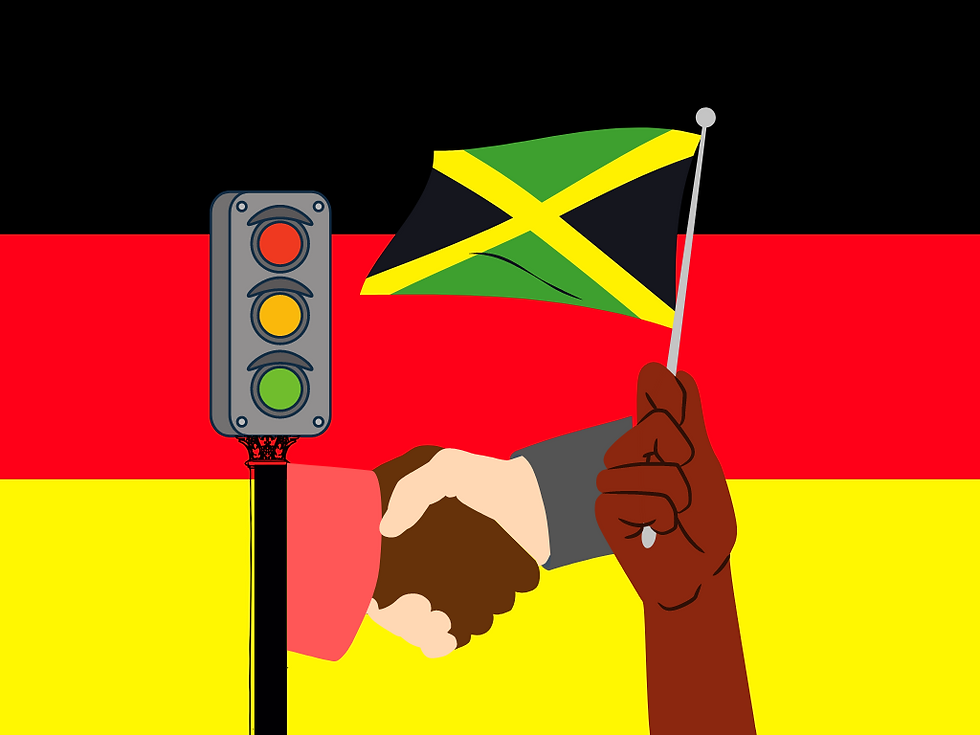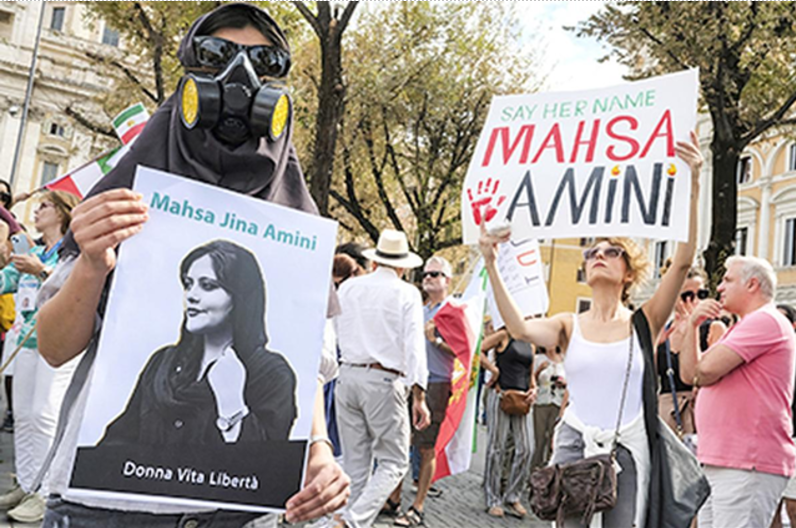The German Elections: What's next?
- Francisco Silva

- Oct 4, 2021
- 4 min read

On the 26th of September, all eyes were set on Germany as voters went to the ballots to elect a new chancellor. Angela Merkel’s 16 years as Chancellor of Germany are soon coming to an end. For context, when she was elected Chancellor of Germany, (on the 22nd of November of 2005), Spotify still didn’t exist – and so didn’t most Year 10, many Year 11, and even a few Year 12 students! This is indeed the end of an era – and all that is left to ask is what’s coming next.
Unfortunately, little is decided after the end of this election. The centre-left SPD winning for the first time since the 2005 elections, snagging 25.7% of the votes and 206 seats of the Bundestag (German Parliament). For context, 371 seats are necessary to achieve a majority, so a coalition will be needed to form a functional government in Germany.
Merkel’s party – the CDU/CSU coalition – has gained 24.1% of the votes, and 196 seats in parliament – an all-time low percentage of votes and a resounding defeat to the centre-right Christian coalition, despite doing better than what the polls predicted.
The Greens seemed promising a couple of months before the elections, with polls even predicting them as winners at a certain point - but as Annalena Baerbock was announced to be their candidate for chancellor, support for the party has decreased. Inexperience and a scandal regarding plagiarism on a book she published recently make up two of several reasons for this. Nevertheless, this is the Greens’ best result ever in the elections – 14.8% of the votes and 118 seats that could allow for their entrance into a coalition. More on that in a bit.
Perhaps the biggest loser of these elections, Die Linke – or “The Left” – has lost many of their voters to the Greens, since their policies are fairly left-wing too, albeit not as extreme. Nearly two million voters ditched Die Linke, leaving them with only 4.9% of the votes – just enough to ensure significant presence in the parliament, with 39 seats. It is highly unlikely we will see their party in the government coalition.
Another party we should not see in the parliament is the Alternative for Germany (or AfD). The right-wing party has amassed a total of 10.3% of all votes, which grants them 83 seats. And while this does represent a substantial chunk of the parliament, their policies are standing in the way of a coalition with other right-leaning parties…such as the FDP (Free Democratic Party), which has done better in these elections. The FDP received 11.5% of all votes, and consequently, 92 seats belong to them, which could just earn them a spot in this government’s coalition. But what coalitions can be formed, then?
Armin Laschet (CDU’s candidate) and Olaf Scholz (SPD’s candidate) are the two main candidates for the role of chancellor; with these results, a coalition in Germany must include at least one of these parties to control the majority of the seats. But it is worth not underestimating the role that the FDP and the Greens can play in these coalition talks.
If the SPD and the CDU do not agree on forming a “Grand Coalition” between each other, they must turn to these two other parties, which would be eager to work with any of them to push forward their agenda – such as tackling climate change for the Greens or ensuring the existence of policies that support a free market and civil liberties for the FDP. Germans have already named these potential coalitions based on the parties' represented colours.
The “traffic light coalition” consists of the SPD, the FDP and the Greens, respectively. This would probably be a very socially liberal government, with Olaf Scholz set as the new chancellor. Scholz has aimed for Christmas as a deadline for a coalition being formed. However, he could still not be chancellor; here enters the “Jamaica” coalition, composed of the CDU/CSU, the FDP and the Greens – a slightly more conservative, but economically liberal coalition.
One big challenge lies ahead of all coalitions. For the "traffic light" and the "Jamaica" coalition, we have the FDP and the Greens – two parties that have never joined forces in the government before, and two parties with very contrasting views economically speaking, with one prioritising business and the other the environment. While these parties are already organising meetings to explore their options, it will still be hard to find a consensus between them – and even if such a thing happens, disagreements during either Scholz or Laschet’s mandate could destabilise the country.
As for the “Grand Coalition”, it’s simple: Germans want change, and the more fragmented vote this year has shown it. In 2017, the SPD and the CDU have agreed to form a coalition together, but as Merkel finishes her last term as chancellor, this is the chance Germany has been waiting for to follow a new path. A more climate-focused path, perhaps, as shown by the nearly 15% of the votes the Greens received.
One thing is known for sure; whatever coalition comes out of these elections, it will greatly affect Germany and Europe, and we can only hope it does so in a positive manner. The Merkel era is ending, and for the European Union to bounce back from Brexit, COVID-19 and the increasing competition between the United States and China, stability and cooperation must be ensured.






Comments